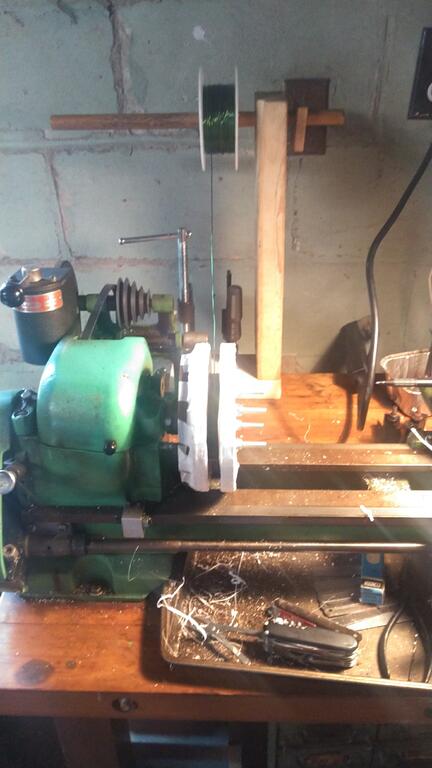this post was submitted on 24 Sep 2024
33 points (100.0% liked)
Ask Electronics
3325 readers
1 users here now
For questions about component-level electronic circuits, tools and equipment.
Rules
1: Be nice.
2: Be on-topic (eg: Electronic, not electrical).
3: No commercial stuff, buying, selling or valuations.
4: Be safe.
founded 1 year ago
MODERATORS
you are viewing a single comment's thread
view the rest of the comments
view the rest of the comments


Magnetic field strength is proportional to current * number of turns.
Using a resistor should work but so should using 20gauge copper if the number of turns is the same.